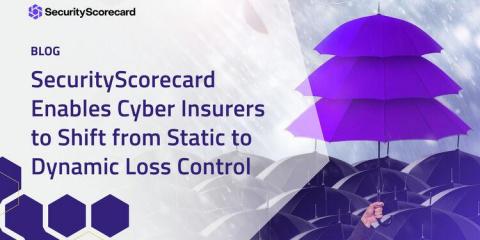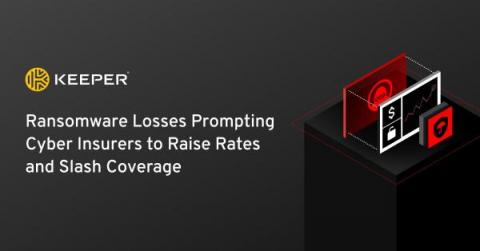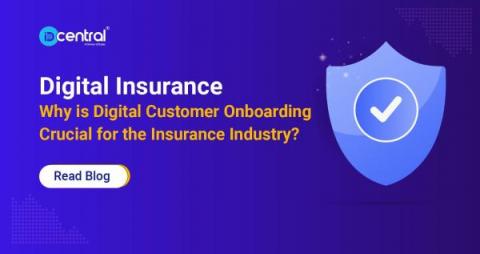Security | Threat Detection | Cyberattacks | DevSecOps | Compliance
Insurance
The Real Causes of the Rapid Cyber Insurance Rate Increase
SecurityScorecard Enables Cyber Insurers to Shift from Static to Dynamic Loss Control
It’s no secret that loss control programs are essential for cyber insurance. Unlike other forms of insurance where the risk and assets don’t change much during a policy term, cyber insurance is meant to mitigate a constantly evolving risk and cover organizations whose security posture is always changing. A cyber insurance policy could be priced completely differently today compared to a few weeks or months later.
What is Cyber Insurance? Understanding the Basics
Cyber insurance (also cyber liability insurance coverage or cyber risk insurance) is a type of insurance policy that helps organizations cover financial damages related to cyber attacks or data breaches. Cyber insurance is especially important as the cost of a data breach continues to rise, and the amount of cyber attacks is higher than ever.
Cyber Insurers Increase Focus on Due Diligence
The increase in successful cyberattacks driven by both an explosion of ransomware activity and a series of high profile zero-day vulnerabilities, is forcing cyber insurers to further scrutinize the companies they insure and the policies they offer.
What Drives Cyber Risk? Cyber Insurers and SecurityScorecard Reveal Answers
Seeking to stay ahead of hackers, many researchers have asked themselves what drives cyber risk. And many cyber insurance carriers have wondered how to accurately underwrite and price the risk. According to preliminary results from SecurityScorecard’s joint work with our cyber insurance partners, the answer is clear but multi-faceted.
Ransomware Losses Prompting Cyber Insurers to Raise Rates and Slash Coverage
The year 2021 had the dubious distinction of being the most prolific for ransomware on record, and the onslaught didn’t stop in 2022. It’s now estimated that every 14 seconds, a business falls victim to a ransomware attack. Ransomware attacks aren’t just happening more often.
Cyber Risk Retainers: Not Another Insurance Policy
The costs associated with a cyberattack can be significant, especially if a company does not have an Incident Response plan that addresses risk. The one-two punch of a cyberattack can be devastating. There is the breach and then the related mitigation costs. Implementing a comprehensive Incident Response (IR) game plan into a worst-case-scenario should not be a post-breach scramble. And when that IR strategy includes insurance, it also must address a business’s level of cyber risk.
Digital Insurance: Why is Digital Customer Onboarding crucial for the Insurance Industry?
A 2020 survey of European insurance executives showed that some 89 percent of participants expected digitization in the insurance sector, this silver lines the existing process in the adoption of digital channels by the insurance sector. The insurance sector has been under pressure to enhance its online insurance market for some time now.










